Arun Anand - Ramjanmabhoomi
Here you can read online Arun Anand - Ramjanmabhoomi full text of the book (entire story) in english for free. Download pdf and epub, get meaning, cover and reviews about this ebook. publisher: Prabhat Publications, genre: Religion. Description of the work, (preface) as well as reviews are available. Best literature library LitArk.com created for fans of good reading and offers a wide selection of genres:
Romance novel
Science fiction
Adventure
Detective
Science
History
Home and family
Prose
Art
Politics
Computer
Non-fiction
Religion
Business
Children
Humor
Choose a favorite category and find really read worthwhile books. Enjoy immersion in the world of imagination, feel the emotions of the characters or learn something new for yourself, make an fascinating discovery.
- Book:Ramjanmabhoomi
- Author:
- Publisher:Prabhat Publications
- Genre:
- Rating:4 / 5
- Favourites:Add to favourites
- Your mark:
- 80
- 1
- 2
- 3
- 4
- 5
Ramjanmabhoomi: summary, description and annotation
We offer to read an annotation, description, summary or preface (depends on what the author of the book "Ramjanmabhoomi" wrote himself). If you haven't found the necessary information about the book — write in the comments, we will try to find it.
Ramjanmabhoomi — read online for free the complete book (whole text) full work
Below is the text of the book, divided by pages. System saving the place of the last page read, allows you to conveniently read the book "Ramjanmabhoomi" online for free, without having to search again every time where you left off. Put a bookmark, and you can go to the page where you finished reading at any time.
Font size:
Interval:
Bookmark:

Ramjanmabhoomi
Truth Evidence Faith


Ramjanmabhoomi
Ramjan
Truth Evidence Faith
Arun Anand
Vinay Nalwa

No part of this publication can be reproduced, stored in a retrieval system or transmitted in any form or by any means, electronic, mechanical, photocopying, recording or otherwise, without the prior permission of the author and the publisher.
Published by
4/19 Asaf Ali Road,
New Delhi-110 002 (INDIA)
e-mail: prabhatbooks@gmail.com
ISBN 978-93-90315-53-6
RAMJANMABHOOMI
by Shri Arun Anand and Vinay Nalwa Edition
First, 2020
Reserved
Printed at
R-Tech Offset Printers, Delhi
For
Dhananjay
The issue of building a Ram Temple at Ayodhya in the state of Uttar Pradesh has dominated the Indian polity as well as public discourse over the last four decades. There have been several books written on this issue. But that, ironically, is a problem too as arguments and rhetoric have dominated the facts in this case.
As the debate which raged on this issue pushed the facts to the backseat with ideologies occupying the driving seat, the result was that those who were born in India after 1992, when the disputed structure, often called Babari mosque also, was demolished by Kar Sevaks in Ayodhya, couldnt fathom the importance of Ramjanmabhoomi.
Thus we often heard the arguments in our drawing rooms and in debates in colleges and schools that why shouldnt we build a school or hospital instead of a temple at the birthplace of Lord Rama. Those who put forward such arguments shouldnt be blamed as most of the content they read or watched was full of passionate arguments from the supporters as well as opponents of Ram Temple. There was hardly anyone who could dispassionately put forward the facts and let the readers or viewers decide to form an informed opinion.
This book has been written precisely to fill up this gap.
We have traced this interesting journey right from the birth of Lord Rama upto the Supreme Courts final verdict on this issue
that paved the way for building a Ram Temple at the birth place of Lord Rama. We have tried to do our best to check facts and cross reference them. However, your feedback is always welcome.
We would like to acknowledge the immense support we received from prominent advocates Shri Aman Sinha, Shri Virag Gupta and Shri Rajesh Gogna. We also want to thank the editorial and the design team at Prabhat Prakashan.
Most importantly we want to express our gratitude to our readers for taking out time to read this book. We are looking forward to your feedback.
Arun Anand
Dr. Vinay Nalwa
Contents
1. Rama and Ramayana 11
2. Ramjanmabhoomi and Ayodhya
3. Demolishing Temple, Building Mosque 39
4. Muslim Scholars on Ramjanmabhoomi 44
5. 1949: The Turning Point
6. Ramjanmabhoomi Movement (1983-1992 ) 61
7. Demolition of Babri Structure
8. The Journey through Courts
9. Supreme Court Verdict on Ramjanmabhoomi 109
Annexure 1
123
Annexure 2
132
Annexure 3
141
Annexure 4
147
Bibliography
166
Rama and Ramayana
Rama and Ramayana are inseparable parts of the Hindu culture and Bharat. However, in the middle of 1980s, when a movement was launched to rebuild the temple of Lord Rama at Ayodhya, a section of historians and intelligentsia raised doubts on even the existence of Lord Rama.
In ancient Indian literature, Ramayana is one of the most significant milestones and continues to be a spiritual beacon several centuries later. This monumental work, which depicts the life and times of Lord Rama, had great influence on Bharatiya culture and values. Its renditions are not restricted to one religion, one nation or one time-period. It unites Indian culture with South-east Asian countries, like Thailand, Cambodia, Indonesia, Laos, Myanmar and Nepal. It has also made its presence felt in Singapore, Malaysia and Vietnam.
Ramayana is the life story of Lord Rama, the seventh incarnation and the perfect avatar of the Supreme Protector Lord Vishnu. The symbol of courtesy and virtue, who held high moral values and has always been most revered among the Hindu deities, Rama has been widely accepted as a historical figure an ideal king of ancient India who took birth on the earth to destroy the evil forces.
Rama is a beautiful amalgamation of earthly and divine.
Allthrough his life, Rama not only remained noble, generous and fearless, but also a very kind and considerate king to
Ramjanmabhoomi
his people. A number of scholars, who have worked on the age and times of Lord Rama, broadly agree that through his life of holy compliance with purity, simplicity and self-sacrifice, renunciation like a divinity, he has been a guiding spirit for the society on morality, values and how to be spiritually aligned while carrying on duties of the world.
When we talk about the highly held virtues of Hindu Dharma we see the personification of all in Lord Rama. He was a noble, generous, fearless, kind and considerate king to his people
Sage Valmiki, was the first to recite the story of Rama.
Later it became a way of life for the people who revered the Ramayanas main character. In the words of Maurice Winternitz who published his famous work, A History ofIndian Literature in three volumes in 1920s and 1930s, It has become the property of the entire Indian folk and as perhaps no other poem in entire world literature has influenced the whole thinking and writing of the folk through all centuries...
since more than 2,000 years the poem of Rama has remained alive in India and it continues.
Hindu civilisation is an exceptional blend of believers and non-believers. There have been astronomers, historians, archaeologists and foreign travellers who have identified and clearly corroborated the dates, incidents and geographical places that have been mentioned in Valmikis Ramayana and there are also others who question the existence of Rama as a historical figure. For some historians, Rama is just a central character of a well-written story based on myth and then there are historians who through scientific research have repeatedly proved Ramas existence.
While mythology may have supernatural events and beings, an epic narrates events and occurrences that are actually part of history. Not only the historians of the East but many experts from the West have also successfully
Rama and Ramayana
corroborated the dates of Ramas life. They have also identified the places associated with him. Dismissing the contention that Ramayana is only a literary piece, Ralph T.H. Griffith who had translated Valmikis Ramayana(The RamayanaofVlmki, 1895 asks, How could an epic so dear in India to the memory of the people, so deeply rooted for many centuries in the minds of all, so propagated and diffused through all the dialects and languages of those regions, which had become the source of many dramas, which are still represented in India, which is itself represented with such magnificence, year after year and to such crowds of people in the neighbourhood of Ayodhya, a poem which at its very birth was welcomed with such fervour as the legend relates that the recitation of it by the first wandering rhapsodists, has consecrated and made famous all the places visited by them and where Rama made a longer or shorter stay, how I ask, could such an epic have been purely allegorical?
Next pageFont size:
Interval:
Bookmark:
Similar books «Ramjanmabhoomi»
Look at similar books to Ramjanmabhoomi. We have selected literature similar in name and meaning in the hope of providing readers with more options to find new, interesting, not yet read works.
Discussion, reviews of the book Ramjanmabhoomi and just readers' own opinions. Leave your comments, write what you think about the work, its meaning or the main characters. Specify what exactly you liked and what you didn't like, and why you think so.

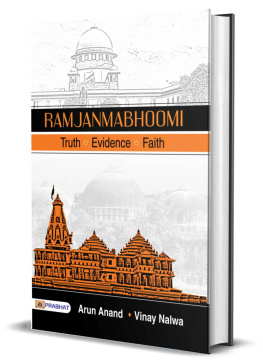
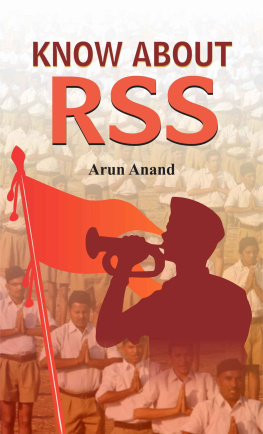
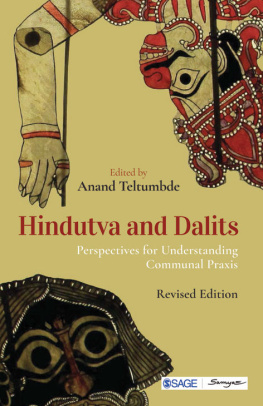
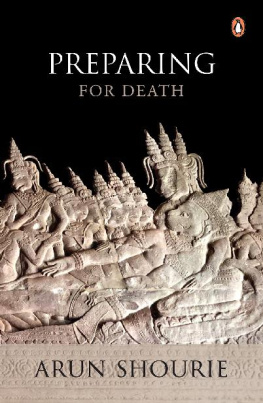
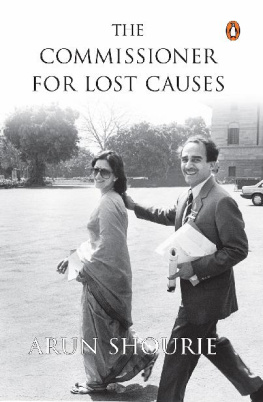
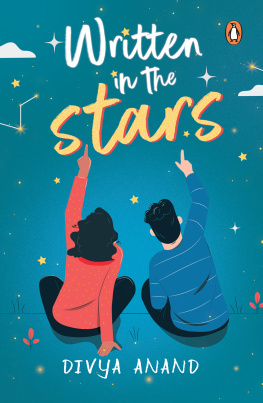
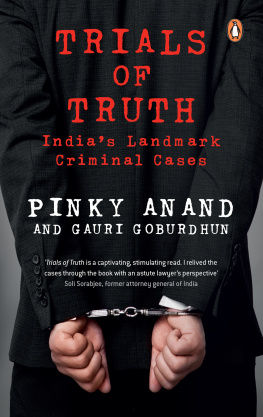
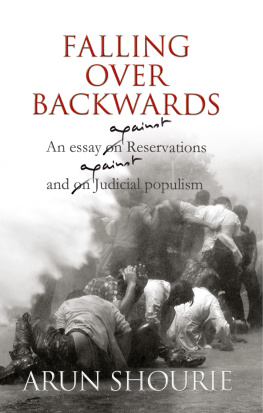
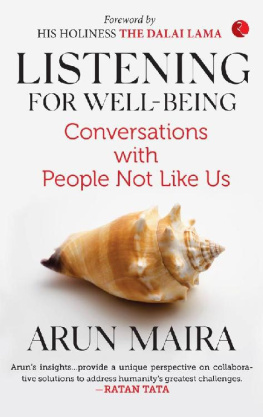
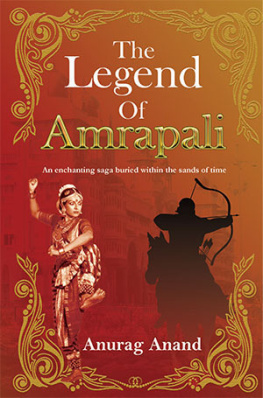

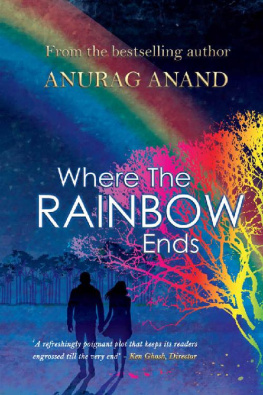
![Anita Anand - The Library Book. Anita Anand ... [Et Al.]](/uploads/posts/book/40194/thumbs/anita-anand-the-library-book-anita-anand-et.jpg)